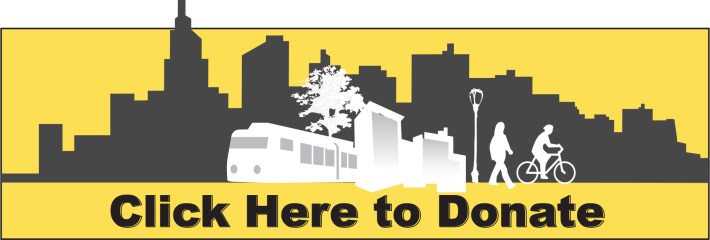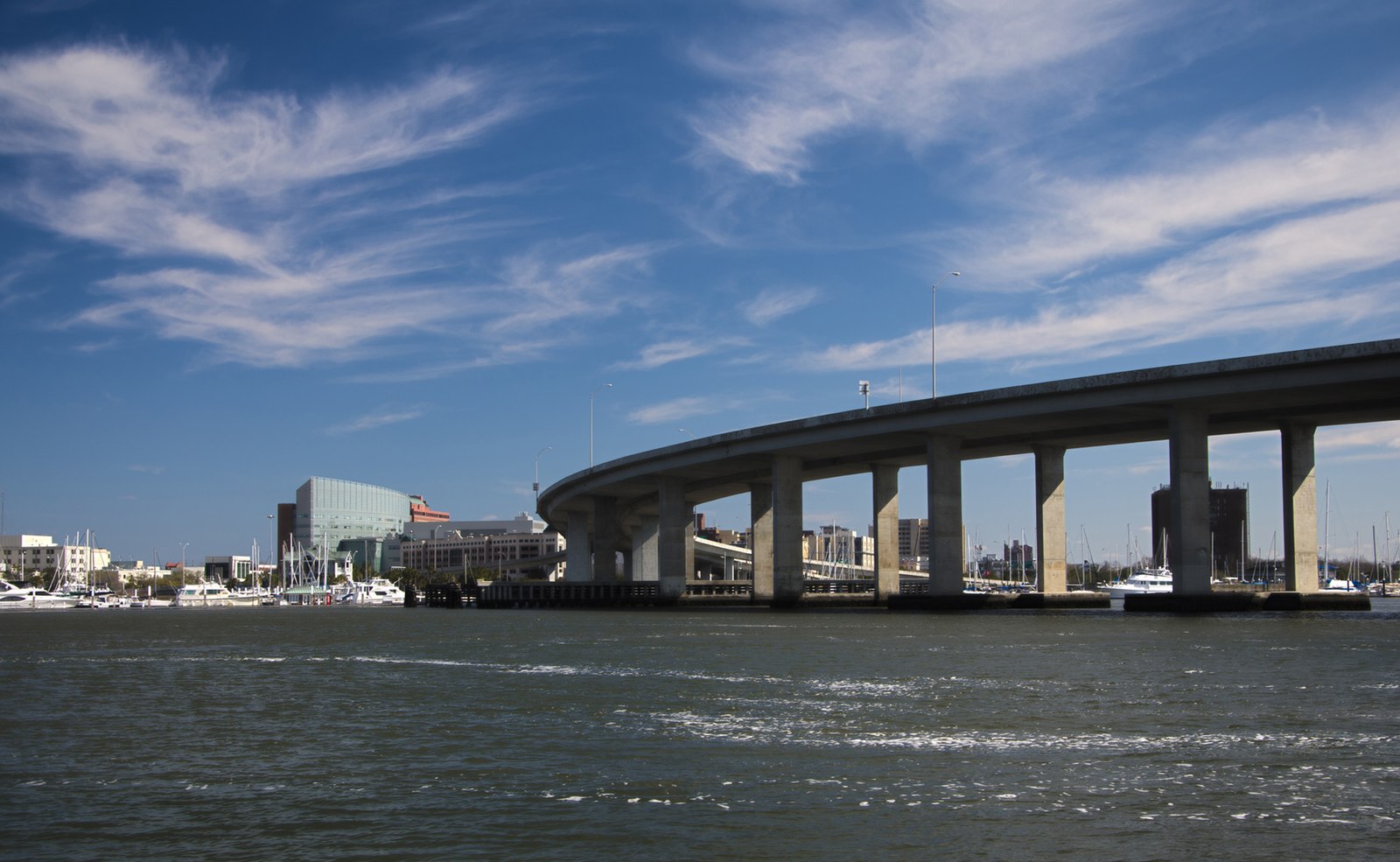In this year’s installment of its annual Highway Boondoggles report, U.S. PIRG Education Fund and Frontier Group warn of billions of dollars in proposed spending on unnecessary highway projects that would divide our communities, deprive transit of scarce funds, and pollute our air and water. Below is the fifth of seven installments detailing these harmful projects.

Charleston County in South Carolina is moving forward with an eight-mile, $725-million extension to I-526 across Johns and James Islands that would, as the Charleston Post and Courier wrote in a 2019 editorial about the project, “create negative environmental and community impacts while providing minimal traffic relief in the immediate term and little or no improvement over the long term.” The so-called Mark Clark extension, which will cost Charleston County more than it has spent on any single project in its history, would be a four-lane parkway from near Citadel Mall in West Ashley to the James Island connector at Folly Road.
The I-526 extension would have minimal impact on travel times. According to a 2016 environmental project re-evaluation, the project would save drivers mere seconds of travel time. Trips to the West Ashley area of the region would be reduced by an average of just 42 seconds, while current travel times are more than 20 minutes. No trips assessed for the project’s Recommended Preferred Alternative would reduce travelers’ trip times by more than 9 percent on average.

The project would, however, have significant negative impacts on the communities it is meant to serve. In the same 2016 reevaluation, the South Carolina Department of Transportation (SCDOT) and Charleston County wrote that their preferred alternative option for the extension would cut through four communities and pass alongside 13 communities, forcing relocations of 15 residences, four businesses, and one community facility. South Carolinians living along the route are worried about these impacts, with the Post and Courier writing that residents of Johns Island argue it will bring “more residential development” and “urban sprawl” to a place that has already seen “quiet woodlands ... replaced by rooftops.”
Finally, the new roadway would damage the wetlands and floodplains of Johns and James Islands. The islands are coastal, and the communities living on them value their natural resources highly and want to protect them. But the SCDOT and Charleston County evaluation of the preferred route found that the construction of the road will require filling in 26 acres of wetland, shading 43 acres and impacting 346 acres of floodplain. The roadway would also impact three parks and wildlife refuges: the James Island County Park, the West Ashley Greenway, and the Fenwick Hall Historic District.






